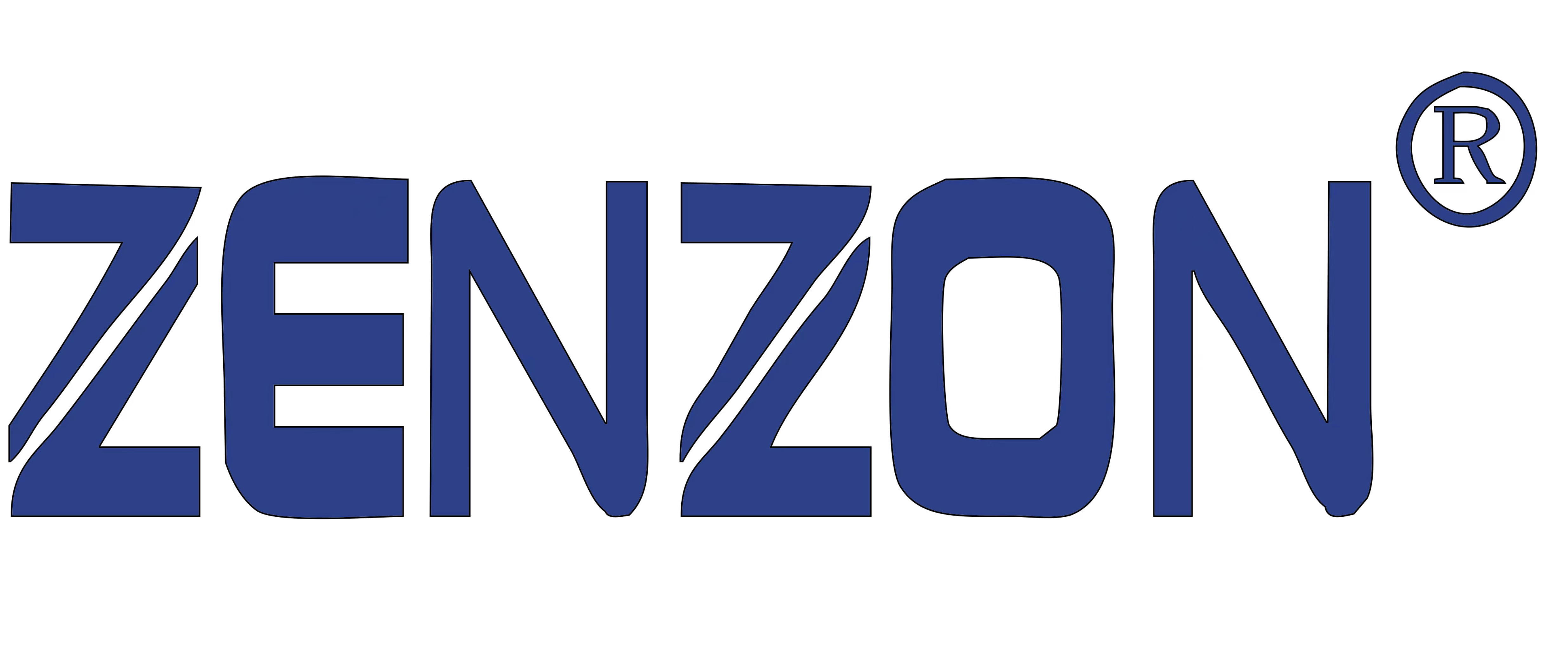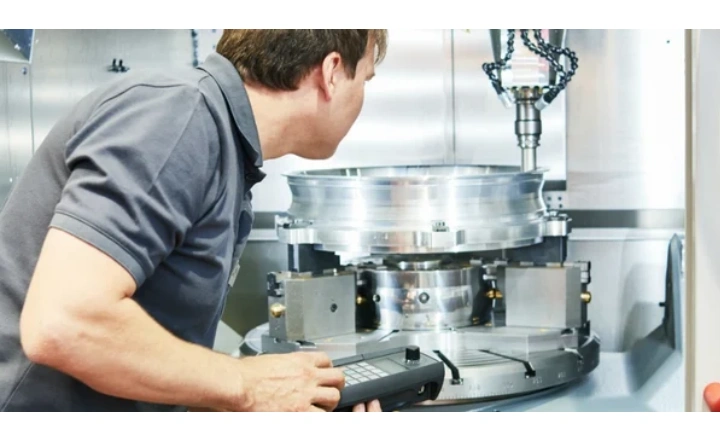In the daily operation of the factory, ensuring the dimensional accuracy of parts is one of the core links of product quality control. As a purchaser, choosing a suitable measuring tool is not only related to production efficiency and cost control, but also directly affects the final quality of products. Faced with a wide variety of measuring instruments with different functions, how to accurately match the measurement requirements of different parts has become a knowledge that must be mastered. The following is a detailed discussion on the selection strategy of measuring tools for parts from the purchasing point of view.
A measuring tool selection principle
1. Pay equal attention to technology and economy.
Technicality: Ensure that the type and specification of the selected measuring tool are highly matched with the shape, position, size and measured parameter characteristics of the workpiece, and its measuring characteristics (such as allowable error, stability, measuring range, sensitivity, resolution, etc.) should meet the predetermined requirements, so as not to waste too much, and not to be lower than the actual demand to affect the measuring accuracy.
Economy: Considering the initial investment and long-term use cost, according to the production batch and measurement frequency, choose the measuring tool with better cost performance.
2. Flexible response to different working conditions
Processing batch: in small batch production, ordinary measuring instruments can be selected; In mass production, gauges and inspection fixtures should be given priority to improve measurement efficiency and consistency.
Workpiece structure and weight: light and small workpieces can be measured on a measuring instrument, while major and complex workpieces need to be measured with an overhead measuring instrument to ensure the convenience and safety of the measuring process.
3. Accurately match the measurement requirements
Size range: the measuring range of the selected measuring tool should be able to cover the workpiece to be measured, and the measuring head should be able to easily extend into the measured part.
Tolerance requirements: Select the appropriate measuring tool according to the tolerance level of the workpiece. Generally, the allowable error of the measuring instrument should be controlled between 1/3 and 1/10 of the workpiece tolerance to ensure the accuracy of the measurement results.
Sensitivity and stability: too high sensitivity may lead to difficulty in stability during measurement, while insufficient sensitivity will affect measurement accuracy. Therefore, it is necessary to select the appropriate sensitivity according to the specific measurement requirements.
Second, the measurement of the size of ordinary parts
1. Linear dimension measurement
Digital calipers: suitable for linear dimension measurement with general accuracy requirements and sufficient operating space.
Outside micrometer: For wall thickness or precise dimension measurement with high precision requirements, outside micrometer is a better choice.
Image measuring instrument: aiming at complex dimensions such as high-precision hole spacing, image measuring instrument provides non-contact and high-precision measurement scheme.
2. Aperture measurement
Digital display caliper/vernier caliper: suitable for coarse measurement of larger aperture.
Needle gauge/image measuring instrument: For small aperture or precise hole, the needle gauge is economical and practical, while the image measuring instrument provides higher accuracy.
3. Shaft diameter measurement
Vernier caliper/outside micrometer: according to the accuracy requirements, vernier caliper is suitable for general accuracy, while outside micrometer is used for high-precision measurement.
4. Angle measurement
Universal angle ruler: a common tool for directly measuring angles.
Image measuring instrument: For complex shapes or high-precision angle measurement, image measuring instrument is more suitable.
5. Rounding measurement
Fillet gauge: a tool specially used for fillet measurement, which is quick and intuitive.
Image measuring instrument: for high-precision or special-shaped fillet, image measuring instrument provides more accurate solutions.
6. Thread measurement
Visual inspection combined with wire gauge/ring gauge: preliminary judgment by visual inspection and accurate verification of wire gauge/ring gauge.
7. Measurement of form and position tolerance of parts
Platform measurement method: combined with auxiliary tools such as flat plate, square box and V-shaped block, comprehensive measurement is completed by using dial indicator and lever micrometer.
Three-coordinate measuring instrument: For high-precision and complex shape and position tolerance measurement, three-coordinate measuring instrument is a better choice.
8. Measurement of surface roughness and hardness of parts
Roughness measuring instrument: specially used for surface roughness detection.
Rockwell/Shaw Hardness Tester: Select the appropriate hardness tester according to the material type for measurement.
Third, the measurement of some special parts
1. Gear measurement
Outside diameter measurement: Determine the dividing circle according to the tooth top circle, and measure with vernier caliper or image measuring instrument.
Radial runout measurement: measure the tooth tip runout value of the gear with a combination of V-block, standard mandrel and dial indicator.
Common normal length measurement: use the common normal micrometer of quality inspection department for accurate measurement, or use vernier caliper for rough measurement.
2. Measurement of cots
In factory production, cots are key components, and their accuracy and performance directly affect product quality. As a purchaser, we should pay special attention to the particularity and accuracy of cots measurement when selecting and purchasing measuring tools.
(1) Measurement of rubber layer diameter of cots
Tool selection: Because of the elasticity of rubber roller material, traditional contact measuring tools (such as vernier caliper or outside micrometer) will cause rubber layer deformation when applying pressure, thus affecting the accuracy of measurement results. Therefore, non-contact image measuring instrument should be used for measurement. The image measuring instrument captures the outline image of the cots through a high-precision camera, and uses image processing technology to calculate the diameter, which effectively avoids the deformation problem in the measurement process.
Measuring steps: place the cots on the workbench of the image measuring instrument to ensure that the cots are stable and not shaking. Start the measuring program, adjust the focal length of the camera and the intensity of the light source, so that the outline of the cots can be clearly seen. Through the software operation interface, the diameter measurement function is selected, and scanning or multi-point sampling is carried out along the circumferential direction of the cots. The software will automatically calculate and display the measurement results of glue layer diameter.
(2) Measurement of the coaxiality between the cots mandrel and the rubber layer.
Tool selection: the image measuring instrument is also used for measurement. Coaxiality is an important index to measure whether the mandrel of cots coincides with the center line of rubber layer, which is very important to ensure the rotational stability and service life of cots.
Measuring steps: Install the cots on a special rotating device and ensure that they can rotate smoothly. Place the rotating device on the workbench of the image measuring instrument and start the measuring program. Set measurement parameters, including rotation speed, sampling frequency, etc. Start the rotating device to make the cots rotate at a uniform speed under the monitoring of the image measuring instrument. Through the software operation interface, select the coaxiality measurement function, and observe and record the relative position of the rubber roller mandrel and the edge of the rubber layer at different angles. The software will automatically calculate and display the measurement results of coaxiality.
(3) Measuring the hardness of cots
Tool selection: the hardness of rubber layer of cots is measured by Shore hardness tester. Shore hardness tester is a portable instrument widely used in hardness measurement of soft materials such as rubber and plastic, which has the advantages of simple operation, rapid measurement and accurate results.
Measuring step: press the indenter of Shore Hardness Tester vertically on the surface of rubber layer of cots to ensure that the indenter fully contacts the rubber layer without obvious sliding. Apply appropriate pressure and keep it for a certain time according to the instructions of the hardness tester. Read the value displayed on the hardness tester, that is, the hardness value of the rubber layer of the cots. Note that repeated measurement at the same position of the rubber roller should be avoided in the measurement process to avoid damage to the rubber layer.
3, irregular parts measurement
It is relatively difficult to measure parts with complex and irregular shapes. As a purchaser, when selecting measuring tools, we should fully consider the geometric characteristics and measurement requirements of parts.
Tool selection:
Image measuring instrument: Image measuring instrument is an effective tool for measuring geometric features of irregular parts such as points, lines and surfaces. Three-dimensional images of parts are captured by high-precision cameras, and the required geometric dimensions and positional relationships are extracted and calculated by image processing technology.
Three-coordinate measuring instrument: When the image measuring instrument can't meet the measurement requirements (for example, the part size is too large and the shape is too complicated, etc.), the three-coordinate measuring instrument can be used for measurement. Three-coordinate measuring instrument has the characteristics of high precision, high flexibility and high degree of automation, and can realize comprehensive and accurate measurement of parts with complex shapes.























